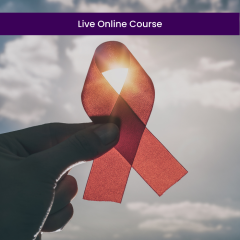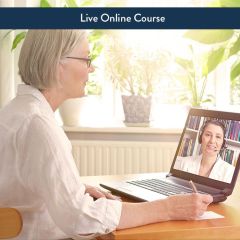Sexual Risk and Responsibility Messages in Teen Sex Romps (1 CE)
Number of Credits: 1
This course is for: Clinical Psychologists, Counselors, Marriage and Family Therapists, and School Psychologists
Course By: Alexopoulos, C. & Taylor, L.D. (2020). Risky business: Sexual risk and responsibility messages in teen sex romps. Sexuality & Culture, 24, 2161-2182. https://doi.org/10.1007/s12119-020-09742-4
Content By: Julie Laken Harnisher, Ph.D.
Course Description: Prior research has noted a relationship between exposure to sexual content in media, and sexual beliefs, attitudes, and behaviors. Importantly, repeated exposure to sexual content in movies has been shown to be associated with an earlier start of sexual activity and an increase in risky sexual behaviors. Study 1 of the accompanying article used a quantitative content analysis to examine sexual talk, sexual behavior, and risk and responsibility messages in popular teen sex movies (described in the article as Teen Sex Romps, or TSRs). The content analysis revealed that while sexual behavior and conversations about sex were very common in the movies analyzed, messages about sexual risk and responsibility occurred infrequently. Study 2 of the accompanying article examined the relationship between exposure to TSRs, and participant attitudes and behaviors related to sex. The resultant statistical analyses indicated that exposure to TSRs was associated with less favorable attitudes toward condoms, more permissive sexual attitudes, and more frequent sexual behavior outside of committed romantic relationships. Limitations of both studies and directions for further research were discussed.
Learning Objectives:
- Explain why studies of the risk and responsibility messages conveyed in popular teen sex movies, and the association between exposure to those films and attitudes and behaviors related to sex were necessary in consideration of the state of the literature.
- Evaluate the data and concomitant results.
- Evaluate the main study conclusions in consideration of the resultant statistical findings.
- Explain the possibility of applying the primary findings to individuals with differing demographic characteristics than those of the sample in the accompanying study.
- Integrate the discussed study limitations with the identified study findings and areas suggested for future research.
Course Outline:
- Read and understand Risky business: Sexual risk and responsibility messages in teen sex romps.
- Read the Course Description and Learning Objectives.
- Understand the relationship between exposure to popular teen sex movies, and attitudes and behaviors related to sex.
- Work through the post-test questions; answer selections should be derived from the accompanying article.
- Return to the referenced article for any missed questions and/or to further understand the relationship between exposure to popular teen sex movies and attitudes and behaviors related to sex.
Approvals:
| Board Approvals | American Psychological Association (APA), NBCC, Florida Board - Social Work, MFT, Counseling, and Psychology, NYSED - Social Work, MFT and Counseling Only, American Academy of Health Care Providers in the Addictive Disorders |
|---|---|
| CE Format | Online, Text-Based |







